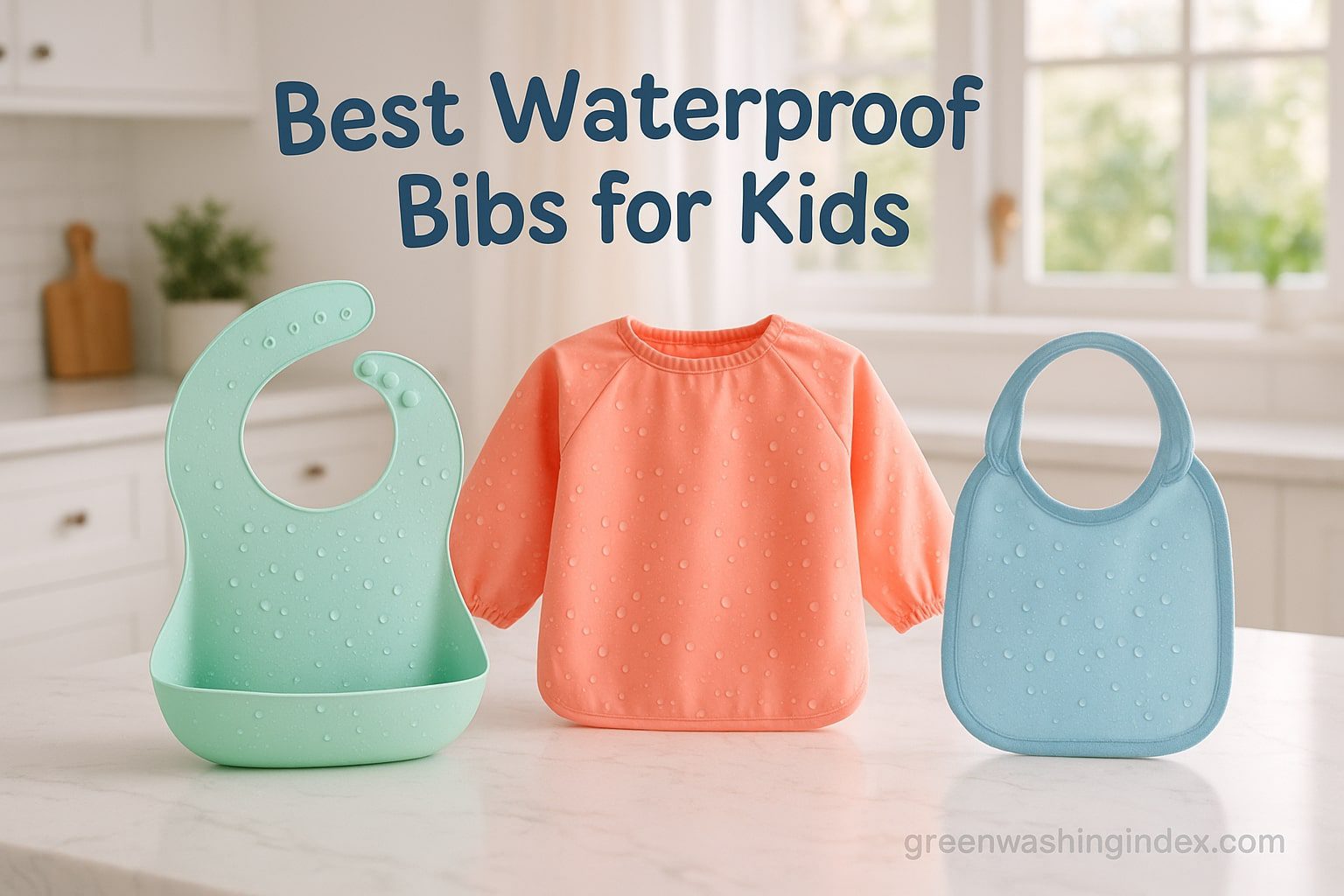
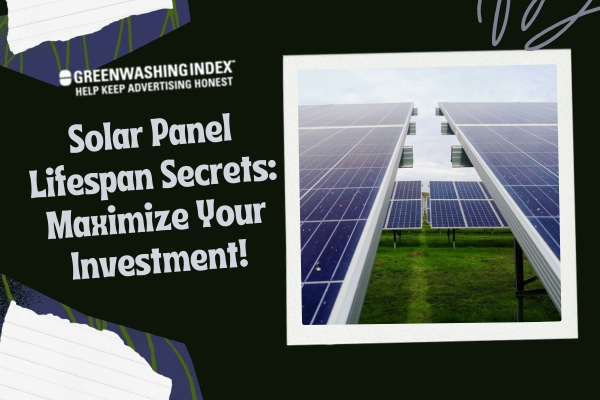
Have you ever thought about how long the trusty solar panels of our roofs keep converting sunlight into power? Imagine investing in this clean energy technology only to wonder about its staying power.
The solar panel lifespan is a topic I find fascinating and super important for anyone looking to harness the sun’s energy efficiently and effectively. What if I told you that these silent, shiny slabs of tech could be your humble sidekick for decades?
Curious about how many sunrises your solar panels will see? Most panels come with the promise to last a pretty long while – often around 25 to 30 years before their power starts dipping below what’s considered optimal. But that’s not the end of their story!
With some love and attention, they could keep ticking for even longer, with some folks reporting their old-school panels just refusing to quit even after 30 years!
What You’ll Learn from This Read:
When we think about solar panels, it’s natural to ask, “How long will they last on my roof?” Knowing the lifespan of solar panels can help us plan for the future and understand the value of this eco-friendly investment.
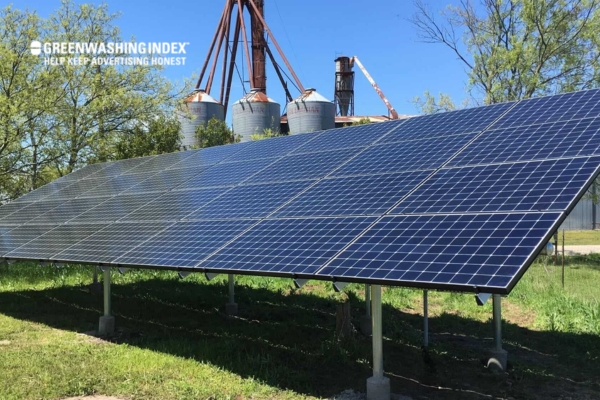
When I talk about the solar panel lifespan, what I mean is how many years these panels sit on your roof, soaking up the sun and turning it into energy before they start to give you less power. Now, most folks who get solar panels can expect them to last a pretty good while. We’re talking about an average of around 25 to 30 years. Yeah, that’s quite some time!
But let me tell you something important here: just because a solar panel hits its silver anniversary doesn’t mean it stops working right then and there. What happens is they slowly get less effective at changing sunlight to electricity over time.
They call this “degradation rate,” which means they make a little less power each year. Good quality panels might only drop a teeny bit each year, so by the time they reach that 25-year mark, many can still give you more than 80% of the power they did when they were brand-spanking new.
For those thinking of getting solar panels or are new owners, knowing this gives a heads-up on what to expect down the line. Your solar panels won’t leave you in the dark suddenly but gradually mellow down like an old radio.
Now let’s talk about what makes some solar panels stick around longer than others:
Each factor here can either add years to your solar panel lifespan or shave them off if things go south. It’s sort of like taking care of yourself: eat well and exercise vs eating junk food all day while sitting on the couch… one will likely lead to living healthier for longer!
So there you have it: keep these points in mind if you want those shiny rectangles on your roof doing their job for as long as possible before it’s time for an upgrade.
Also Read: Mattress Disposal: Easy Steps for Eco-Friendly Solutions
When I think about making the most out of my solar panels, I focus on how to keep them working well for as long as possible. After all, a solar panel’s lifespan is a big deal when it comes to saving money and being kind to the planet.
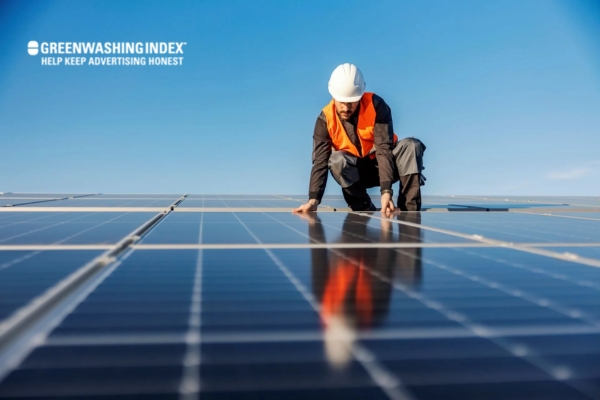
I’ve learned that quality matters a lot. Here are my reasons for choosing good equipment:
If you go for the best solar panels out there, you’re setting yourself up for success. They work better and won’t give up on you early.
It might be tempting to save some cash with cheaper panels, but here’s why I don’t skimp on quality:
Investing in quality means longer life for your solar panels. It’s like picking a heavy-duty backpack over one that might rip—the good one carries your stuff safely year after year.
Weather and nature can be tough on your solar setup. Here’s how I protect my investment from harm:
Looking after your system means it’ll fight off weather attacks better and last longer.
Regular check-ups keep my solar system in top shape—here’s what I do:
Simple steps like these give my system more days under the sun—keeping those power bills down for years!
Staying sharp with maintenance is key—it’s pretty much like giving your car regular tune-ups so it keeps running smoothly mile after mile!
Also Read: Eco-Friendly Paper Towels: A Composting Guide You Need
As someone who’s keenly interested in sustainable energy, I’ve learned a lot about the longevity of solar panels. When you invest in solar panels, knowing about their expected lifespan is crucial. So, how can you tell if your solar panels are getting old? Let me walk you through what to look for.
Solar panels are built to last. However, with each passing year, they might lose a bit of their spark – literally. Their ability to convert sunlight into electric power can drop a little. Here’s how to spot if your panels’ efficiency is on the decline:
By keeping an eye on these things, you’ll know when it’s time to give your system some attention or consider an upgrade.
The physical condition of solar panels can say a lot about their remaining lifespan. Even the most robust and durable panels will start showing signs of wear and tear after many years under the sun:
Remember three things:
By noticing these physical changes early on, you can take action while there’s still time – maybe just some simple fixes could give them new life!
Keep tabs both visually and with hard data from bills and system monitors – that way, you will extend your solar panel lifespan effectively!
Also Read: Recyclability of Milk Cartons: Is It Possible or Not?
As someone deeply connected with the concept of sustainability and green technology, I have personally invested time in understanding how to make my solar panels last as long as possible. Solar panel lifespan is a key topic for me, and troubleshooting common issues plays a huge part in that.
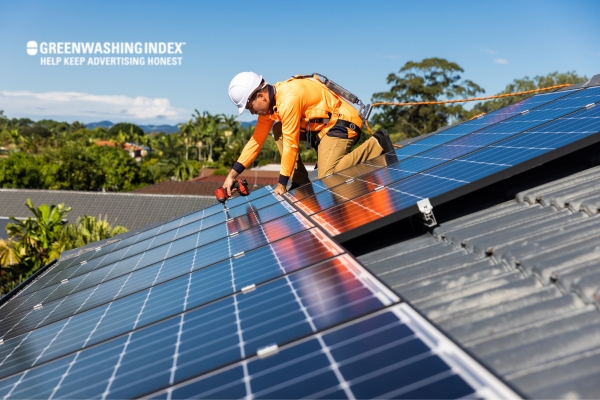
Let me tell you, consistent upkeep has had quite an impact on the longevity of my solar panels.
Routine Cleanings:
A while back, I started noticing that my electricity output was dropping a bit. Turned out all they needed was a good cleaning. Dust and debris had accumulated on the surfaces. After cleaning them carefully with soapy water and a soft brush, their performance improved significantly.
Regular Inspections:
I also made it a habit to regularly check the physical condition of my panels for any damage, such as cracks or discolorations. This helped me address minor issues before they escalated into bigger ones that could have compromised their durability.
From this experience, here’s what I’ve learned:
Now, let’s talk about when it makes financial sense to upgrade components—or even whole systems—to keep up with an expected solar panel lifetime.
Technology Advancements:
Advancements in technology mean newer panels might be more efficient than older ones, even if they are working fine. Here’s when I consider upgrades:
And replacements? They make sense primarily when repair costs for old panels exceed replacement costs with newer models or when old parts are no longer available.
So all these points hint at one thing – staying updated on innovations helps ensure peak performance through the entire solar panel life cycle:
There you have it — proper troubleshooting can lead to significant gains in both the performance and longevity of your precious solar equipment!
After ten years, most solar panels are still in good shape. They typically show a small drop in power output, around 10% or less.
Yes, you can expect performance after 25 years. Good quality solar panels maintain about 80% efficiency even after two and a half decades.
It’s quite rare for solar panels to last 50 years. Mostly, they reach the end of their life before that, but some high-end models might get close with proper care.
Noticeable degradation in power output is often seen at the rate of about 0.5% to 1% per year.
Right now, monocrystalline silicon technology is known for providing the best efficiency in converting sunlight into electricity.
If you’re thinking about solar power for your home or business, understanding the lifespan of solar panels is crucial. High-quality panels can serve you well for many years to come with minimal performance loss.
Factors like environmental conditions and upkeep significantly shape how long your solar panels will last. Proper installation and regular maintenance are key strategies to ensure they live their full potential lifespan. Recognize the signs of aging in efficiency and physical condition so you can tackle issues promptly.
Key Takeaway Points:

Don't let aphids, slugs, and caterpillars ruin another plant. Take back control with simple, natural methods that actually work.